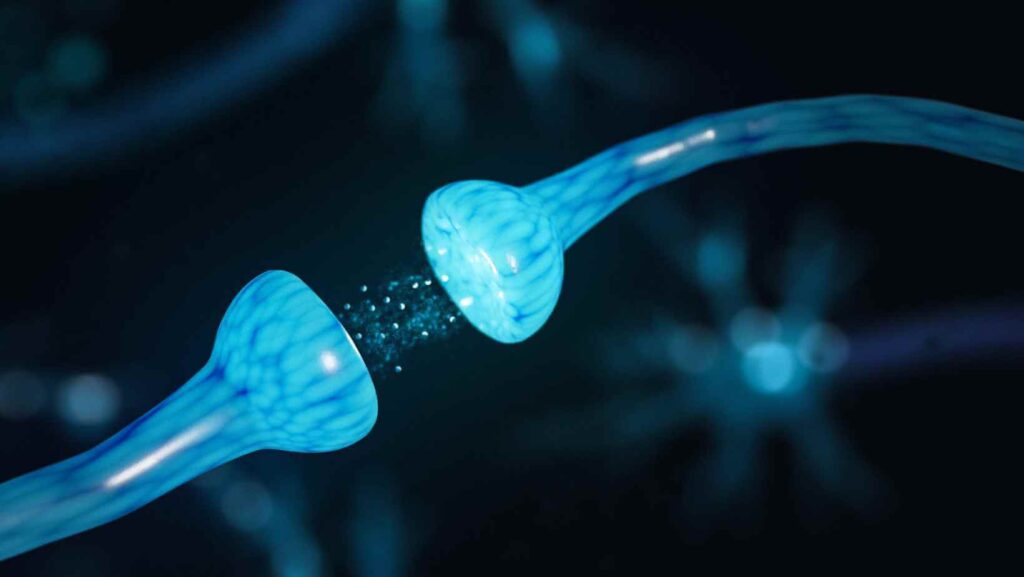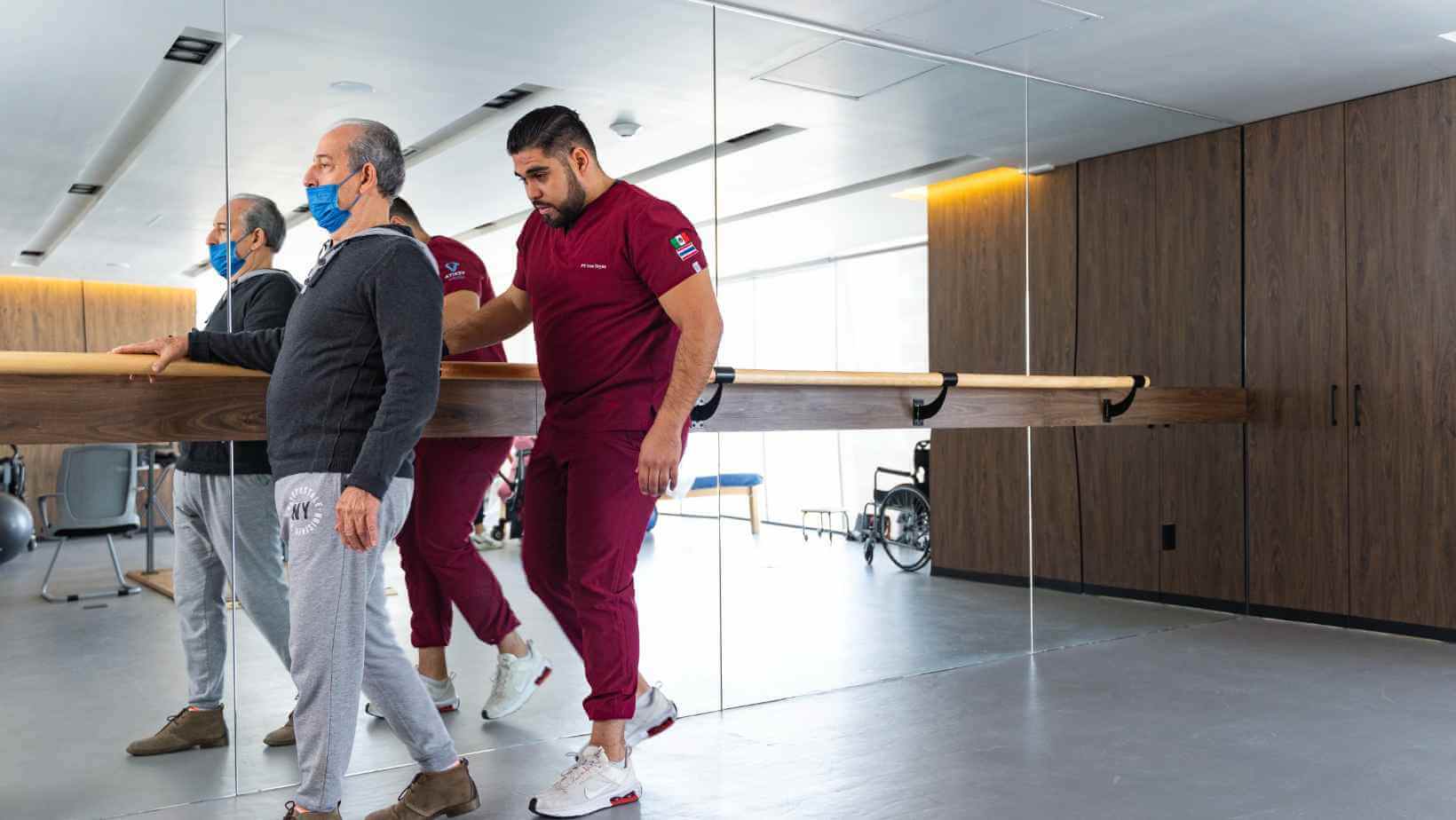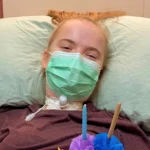Neuroplasticity is an essential part of spinal cord injury recovery, insofar as this ability within the brain and the spinal cord is what makes recovery possible. The rehabilitation of people with spinal cord injury was previously based on the assumption that the nervous system is irreparable after injury. The focus was on learning compensatory strategies and how to adapt to life in a wheelchair with impaired function. Contemporarily, other approaches working with neuroplasticity have been developed, which unfortunately do not appear in many clinical environments. Spinal cord injury still cannot be cured, but research has shown that progress can be made with either traditional physiotherapy or other innovative therapeutic methods.
Activity-based therapies are the basis of functional recovery, and at the same time, the number of technical devices that therapists can use in the treatment of spinal cord injury cases has also increased. The new tools are very useful for improving neuroplasticity. Activity-based and innovative procedures go hand in hand and complement each other in order to achieve better outcomes. Task-specific physical training for several hours a day is still essential for the recovery of functions and neural regulation after the injury. However, as a result of innovations such as epidural stimulation, possibilities to treat spinal cord injuries have been expended.
What is Neuroplasticity?
Human bodies have adapted so that tissue regeneration takes place after it is damaged, in order to allow them to survive. Due to the highly organized and complex nature of human central nervous systems, these types of automatic recovery mechanisms are quite limited with trauma such as complete spinal cord injury. However, the human central nervous system is capable of considerable reorganization. In incomplete SCI, many of the links between brain and body are still partially intact, such as the cortical, subcortical and, to a larger extent, the local spinal cord pathway systems.
A process called ‘Synaptic Plasticity’ occurs, induced both by lesion and by the need for functional development. Synapses are the structures in the brain circuits which allow the electric ‘nerve’ signals to pass through. After SCI some of the circuits are destroyed, but those which still exist strengthen and this is known as synaptic plasticity. It responds to changes in the strength of nerve signaling, so as the body learns new processes, the strength of the nerve signals increases. They are stimulated by the operational experiences of previous synapses. In other words, the brain already has an idea of how to perform these processes from having done so prior to injury. Therefore, it is not so much starting from scratch but re-learning.

Neuroplasticity In The Spinal Cord Recovery Process
Use it or lose it
If patients do not maintain rehabilitation efforts, the learning will be lost.Use it and improve it
The more patients practice, the better the learning will be. This is why patients’ improvement after SCI is continuous.Be specific
Performing extremely targeted and focused exercises creates better learning.Be repetitive
Similarly to the ‘use it and improve it’ principle, being repetitive with an action allowing the synapses to strengthen further, in other words, allows the learning to be more deeply entrenched.Be intensive
Patients should increase the intensity of their rehabilitation over time, as they see improvements. This ensures that their progress will not plateau.Be prompt
The quicker patients begin the re-learning process after injury, the more successful their recovery is likely to be.
References
- Kollen BJ, Lennon S, Lyons B, Wheatley-Smith L, Scheper M, Buurke JH, Halfens J, Geurts AC, Kwakkel G. The effectiveness of the Bobath concept in stroke rehabilitation: what is the evidence? Stroke. 2009 Apr:40(4):e89-97.
- Jones ML, Evans N, Tefertiller C, Backus D, Sweatman M, Tansey K, Morrison S. Activity-Based Therapy for Recovery of Walking in Individuals With Chronic Spinal Cord Injury: Results From a Randomized Clinical Trial Arch Phys Med Rehabil. 2014 Dec:95(12):2239-46.e2.
- Raineteau O, Schwab ME. Plasticity of motor systems after incomplete spinal cord injuries Nat Rev Neurosci. 2001 Apr:2(4):263-73.
- Wang D, Sun T. Neural Plasticity and functional recovery of human central nervous system with special reference to spinal cord injury Spinal Cord. 2011 Apr:49(4):486-92.
- Yang Y, Lisberger SG. Role of plasticity at different sites across the time course of cerebellar motor learning J Neurosci. 2014 May:34(21), 7077–7090.
- Karamian, B.A., Siegel, N., Nourie, B. et al. The role of electrical stimulation for rehabilitation and regeneration after spinal cord injury J Orthop Traumatol. 23:2 (2022).







